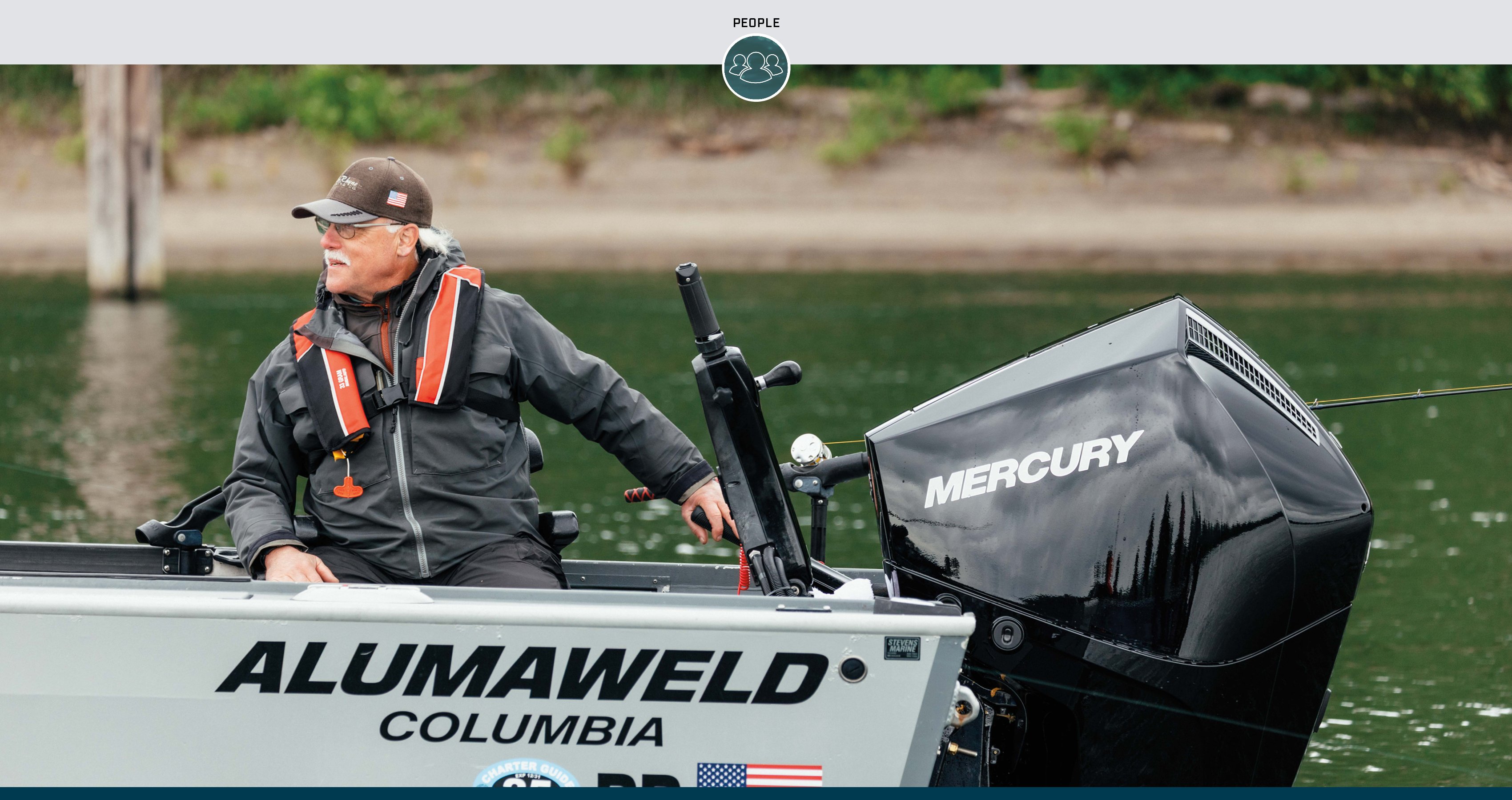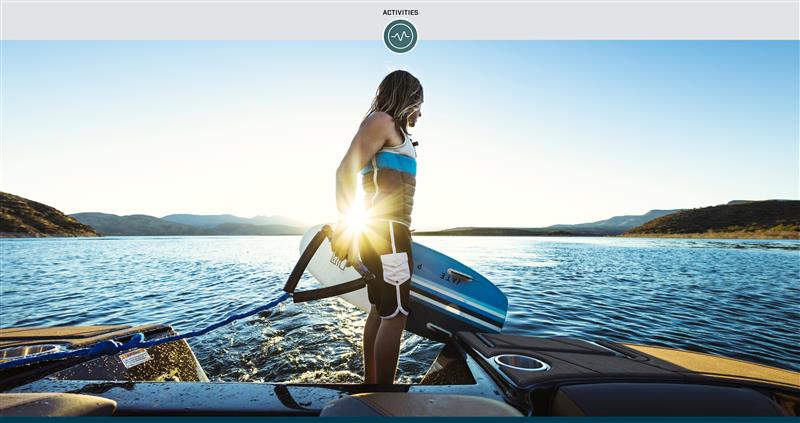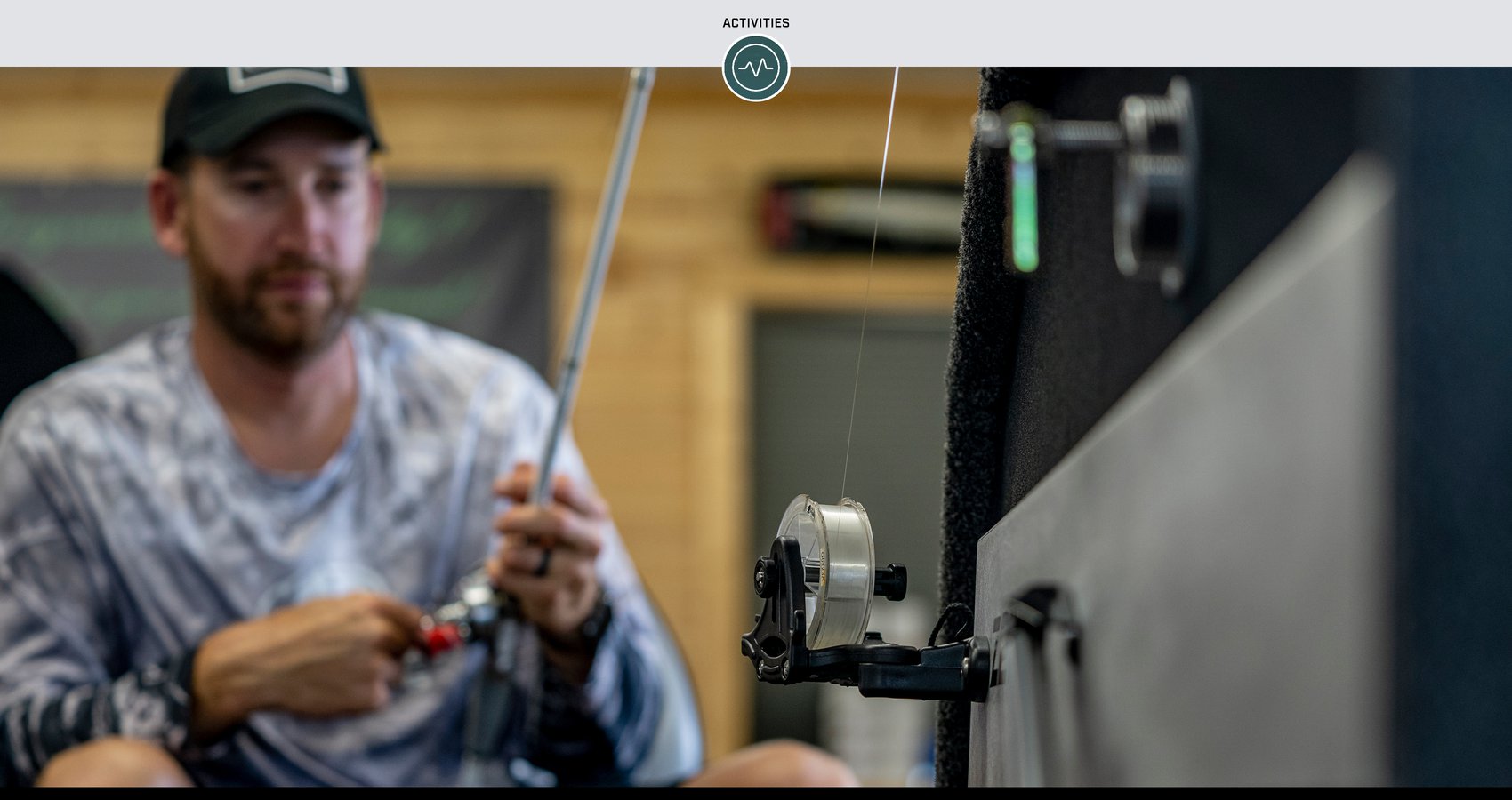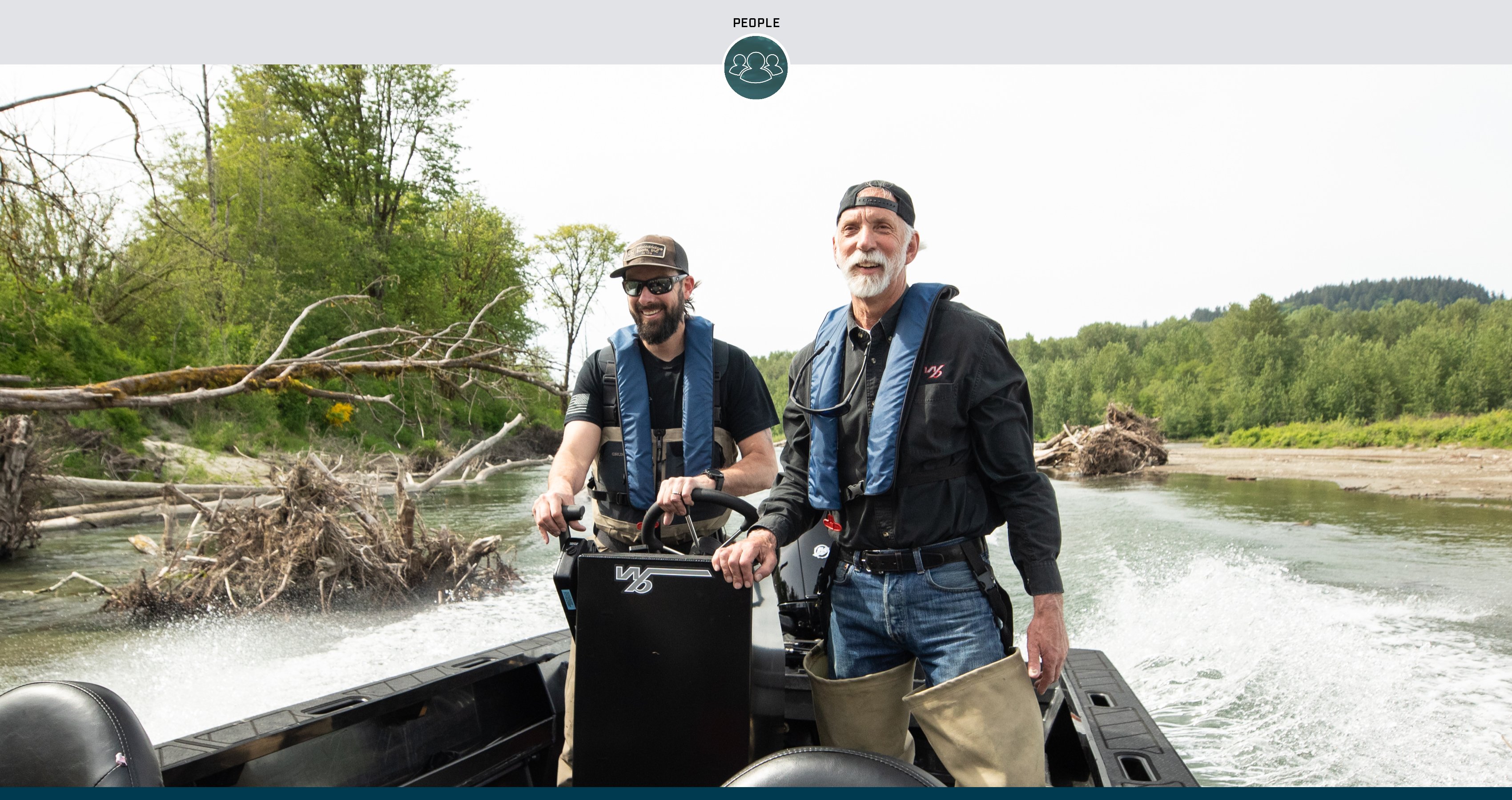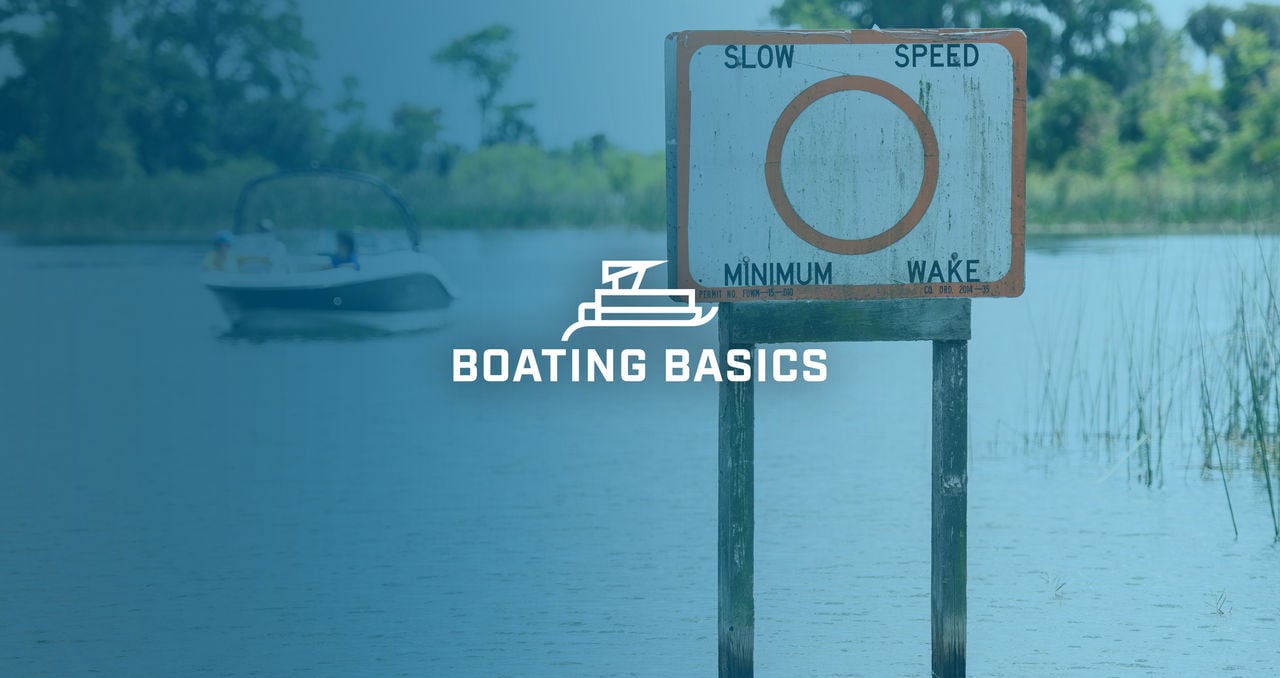If you are new to boating, the “Boating Basics” series of videos presented by Mercury Marine provides an engaging, educational guide to our favorite pastime that will help you gain confidence on the water. Even if you are an experienced boater, you might pick up a few tips!
Like roadways, waterways have basic traffic patterns that help to keep the people traveling on them safe. But while roadways have painted lines to indicate which lane a driver should stay in, naturally, that’s not possible on the water. That’s why it’s important for boaters to learn and follow basic navigation rules, often called the “Rules of the Road” for waterways.
To begin with, when you are running toward another boat that is coming at you head-on, the rule is to steer your boat to starboard, or right, keeping the other boat on your port, or left side, as you pass. This is called, “passing port to port.”
When you are about to cross paths with another boat coming toward you from an angle, it is important to determine which boat has the right of way. You have the right of way if the other vessel is coming from your port side. Being to starboard of the other boat makes you the “stand on” boat. Your role is to stand on or stay your course. The other boat must “give way” or alter its course to pass behind you.
Safety comes first, however. If the other boat is getting close to you and has made no indication it is going to give way, then it’s your responsibility to alter your course to avoid a collision.
If you are overtaking another boat from behind at a speed that is fast enough to pass it, be aware that people on the other boat may not see you approaching. Signal your intentions by using your boat’s horn to alert them. One short blast on the horn means, “I will pass to your starboard side.” Two short blasts signal, “I will pass to your port side.”
Vessels without motors, such as kayaks, rowboats, paddleboards and sailboats with their sails up, always have the right of way over a powerboat. This is because these vessels typically are slower and less maneuverable. When you are crossing paths with a non-motorized vessel, it’s always your responsibility to give way, even when they are to port.
In any of these situations, if you are going to make a course correction, always indicate your intentions early and clearly. Also make sure to give the other vessel as wide a berth as possible.
Like roadways, major waterways in saltwater coastal areas and freshwater lakes, rivers and canals are marked with navigational signs. Speed limit signs usually are outlined in orange. For example, “No Wake” signs mark areas where boats must navigate at idle speed to avoid creating a wake behind the vessel that can cause damage to boats and docks along the sides of the waterway, as well as potentially harming wildlife.
Areas with “Slow Speed/Minimum Wake” signs allow you to increase your speed slightly. However, if your bow is raised out of the water, it means you likely still are going too fast and need to throttle back.
Other signs post a maximum speed for that section of the waterway. As on the highway, the local authorities frequently patrol these zones to make sure that boaters stay below the speed limit.
When you venture out of posted waterways, maintaining no wake or minimum wake is usually the best course of action.
Many coastal and inland waterways have sections that are too shallow to navigate safely, especially along the shore. Channels with deeper water, sometimes dredged to maintain a certain depth, are clearly marked with numbered red and green buoys or beacons known as aids to navigation. The red markers are shaped as triangles or buoys with conical tops (lighted buoys can vary in shape) and have even numbers. The green markers are shaped as squares or buoys with flat tops and have odd numbers.
There are a couple of general rules to remember when navigating marked channels. The first one is, “Red and green, stay between.” This will keep you in the deeper water of the channel and away from shoals and obstructions.
The next saying to commit to memory has been spoken by sailors for centuries: “red right return.” When heading home to port from open water or when heading upstream, always keep the red markers to your right. Conversely, when you run downstream or toward open water, reverse the saying and keep the red markers to your left. Like mile markers on the highway, the numbers on the markers also will help you to know where you are: As you progress upstream or away from open water, the numbers increase. They decrease as you head downstream or toward open water.
Boats have red and green navigation lights on either side of the bow that play a role when you are out on the water at dusk or after dark. The red light tells other boaters that is your boat’s port side, and the green light marks the starboard side. A white light, raised on a pole so it can be seen from all sides of your boat, indicates the stern.
Check out the videos below to see a helpful visual demonstration of these basic navigation scenarios. The Rules of the Road on the water also are an integral part of every basic boating safety class. Once you master them, you will be able to navigate your local waterways with ease and confidence.
To learn more, please view the Saltwater and Freshwater Boating Basics: Basic Navigation videos below:
